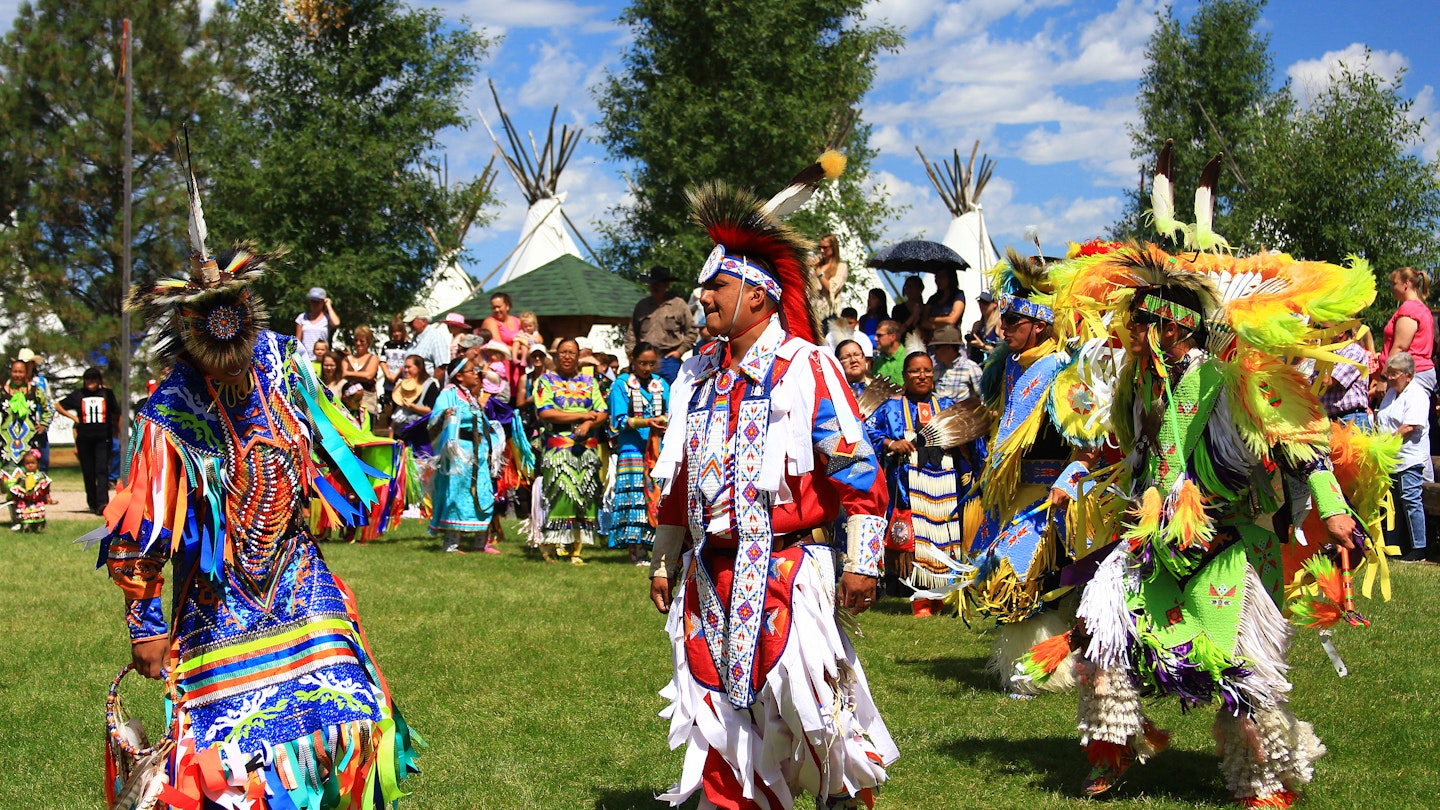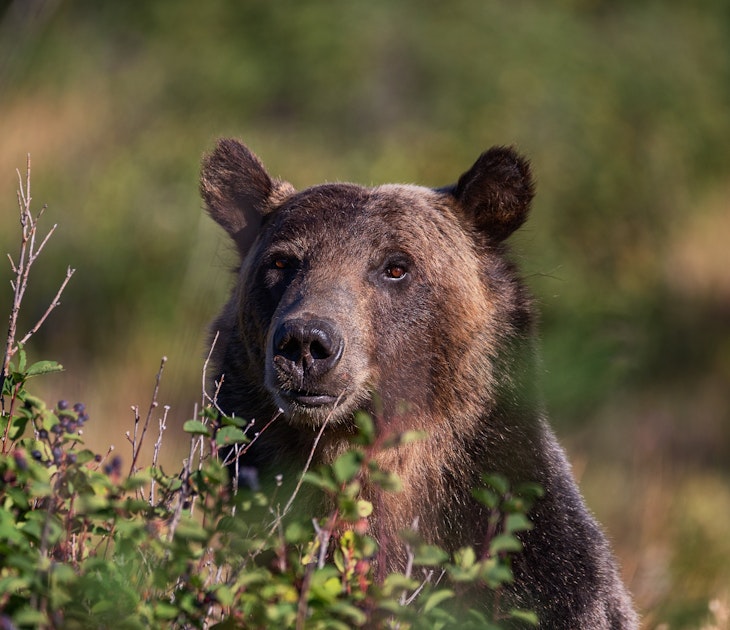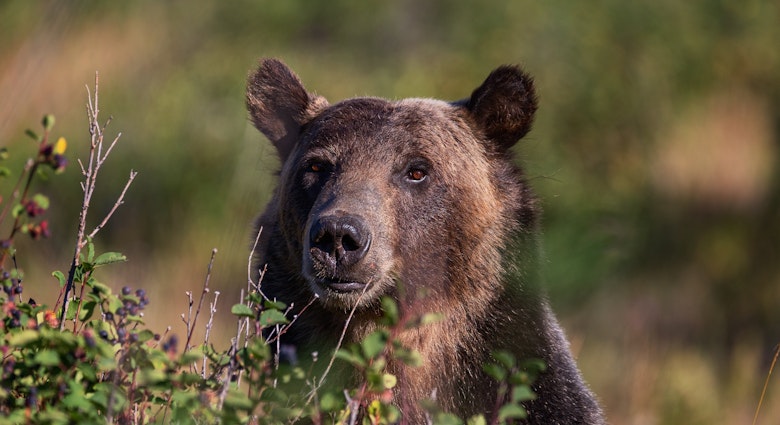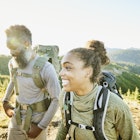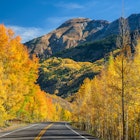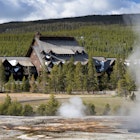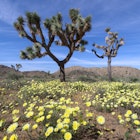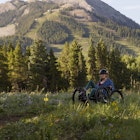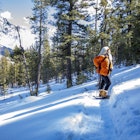Much of the Cowboy State of Wyoming lies well under the radar of many travelers, which is excellent news for those in the know.
Most people equate the state’s incredible natural scenery with its two showcase national parks, Yellowstone and Grand Teton, and it would certainly be a crime not to invest a big chunk of your time in these two gems. But beyond the iconic parks lie some equally spectacular but far less-trammeled scenery, notably in the world-class Wind River and Bighorn Ranges.
Combine time in these majestic parks with a sprinkling of the state’s frontier history and Native American heritage, and you have the beginnings of a fabulous road trip through the wide-open spaces of the nation’s least populated state – and a sampler of the West at its best. Like the iconic bison, its state animal, it is an American classic. Here’s your lineup of the top things to do in Wyoming.
1. Watch wildlife in Yellowstone National Park
You could spend your entire Wyoming vacation just in Yellowstone National Park. The otherworldly geyser basins, backcountry lakes and scenic overlooks are all world-class – but for us, it’s the wildlife that makes Yellowstone unbeatable. You’ll likely spot the park’s iconic bison and elk just from the car window; to spot wolves or a grizzly, you’ve got to head out at dawn or dusk equipped with time and a spotting scope.
Winter is the best season for spotting, as the animals cluster in the lower, warmer, more accessible valleys and are easier to spot against the snow, but there’s always something to see, particularly in the wildlife-rich Lamar Valley. Our tip: go on a wolf-watching day trip with a Gardiner-based biologist, and you’ll never see the park the same way again.
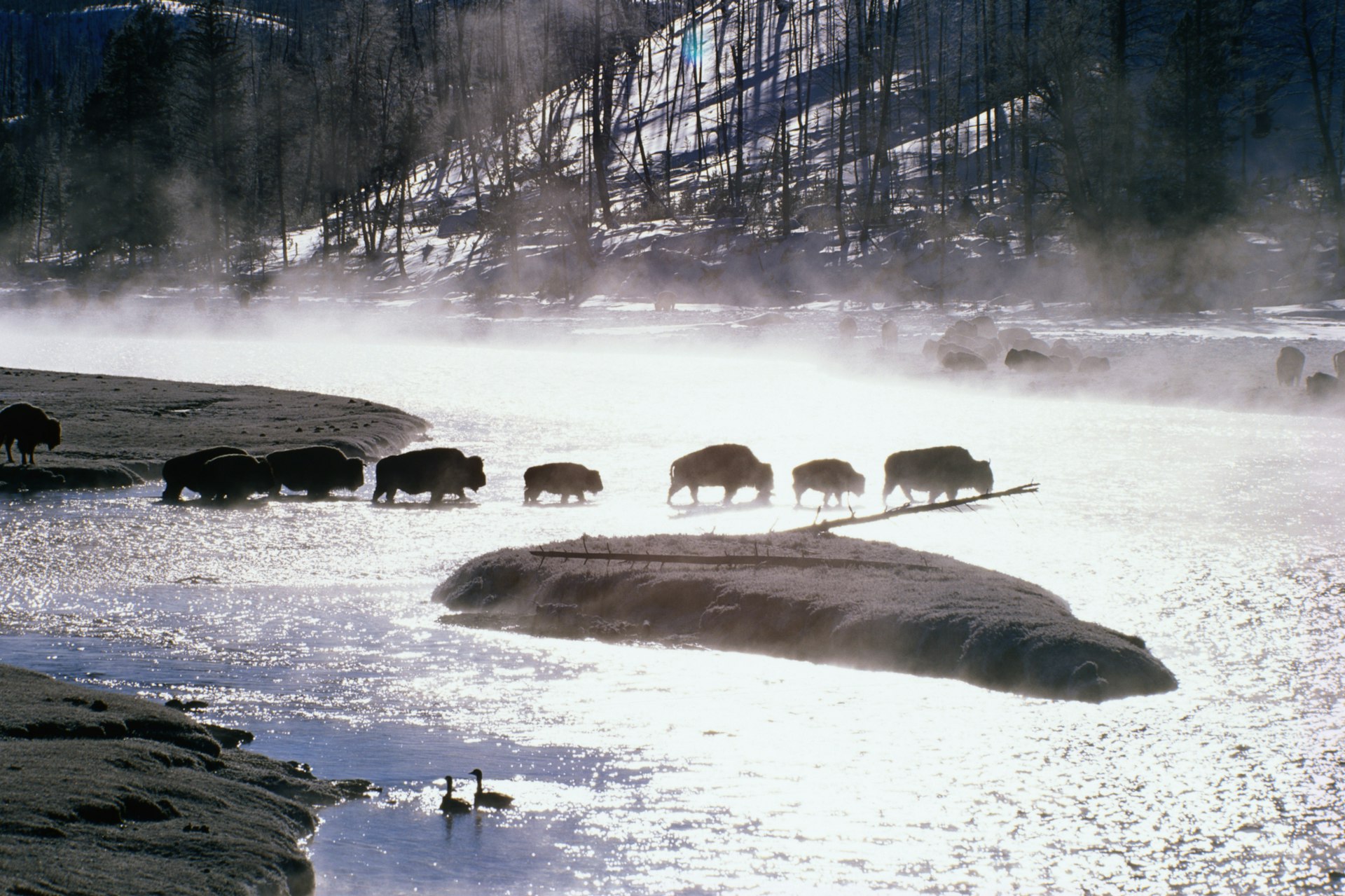
2. Hike or backpack Grand Teton National Park
If Yellowstone is about its geological wonders and attention-grabbing wildlife, then Grand Teton National Park is all about the mountains. If you’re a hiker, Grand Teton is your place: expect the state’s most spectacular range of day hikes, from family-friendly strolls past enticing turquoise lakes to hard-core canyon scrambles that take in 4000ft of elevation gain.
For those with four or five days to invest, the Teton Crest Trail is perhaps the Rockies’ premier backpacking trip. The classic 39-mile route takes in high mountain valleys, three high passes and the epic, lake-filled Alaska Basin, bringing you through the heart of this majestic range. Since this is a popular trail, you’ll need to book camping spots well in advance and arrange a vehicle shuttle.
3. Visit the “Smithsonian of the West”
Wyoming’s best museum is without doubt the Buffalo Bill Center in Cody – in fact, a complex of five museums, only one of which focuses on Western showman Bill Cody himself. The Plains Indian Museum is a peerless place to learn about regional Native American heritage (look for the extraordinary tepee made from 13 buffalo hides), while the Gallery of Western Art features iconic works by the artists who helped define the image we have today of the West.
Finally, the Draper Museum of Natural History provides the perfect primer for anyone headed to the natural wonders of Yellowstone National Park, just a couple hours’ drive west.
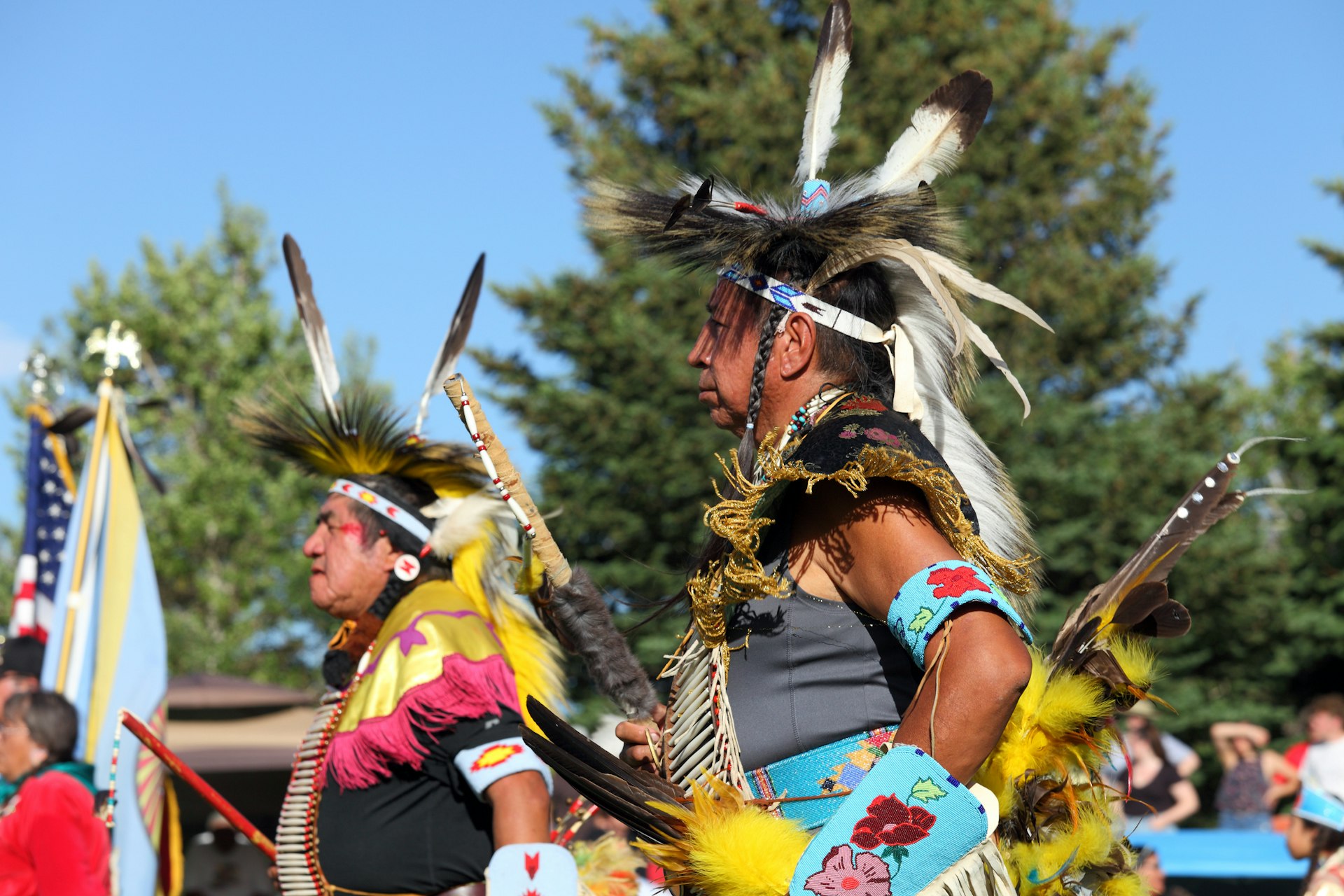
4. Attend a Native American powwow
There’s no better way to experience the color, drama and sacred nature of Wyoming’s Native American heritage than at a powwow in the state’s Wind River Indian Reservation. These annual gatherings spotlight sacred dances, ritual drumming and the incredible regalia of the Eastern Shoshone and Northern Arapahoe peoples, handmade from eagle feathers, shells, bone and delicate beadwork.
The biggest event is the three-day Eastern Shoshone Indian Days Powwow in June at Fort Washakie, where you can also visit the burial places of Arapahoe chief Washakie and Sacagawea, Lewis and Clark’s famous guide. Entry to the powwows is free, but always ask before taking photos of people and their clothing.
5. Explore the Bighorn Mountains
The Bighorn Mountains in northern Wyoming are one of the state’s best-kept secrets. Road trippers can crisscross the range on two of the state’s most scenic drives, the Bighorn and Cloud Peak scenic highways, while adventuresome backpackers can attempt the nontechnical hike up to the 13,171ft summit of Cloud Peak, the highest in the Bighorns, after an overnight camp at Mistymoon Lake.
On the northwest edge of the range, between Lovell and Sheridan, don’t miss the intriguing Medicine Wheel, an 80ft-wide spoked circle of stones used in ancient celestial and solstice observances. The site has been sacred to local Native American tribes for over 7000 years, so act respectfully here.
Equally enigmatic is the Medicine Lodge Archaeological Site, on the eastern slopes of the Bighorns, where you can discover hundreds of pre-Columbian petroglyphs and pictographs embroidering a sandstone bluff. It’s a quietly powerful site.
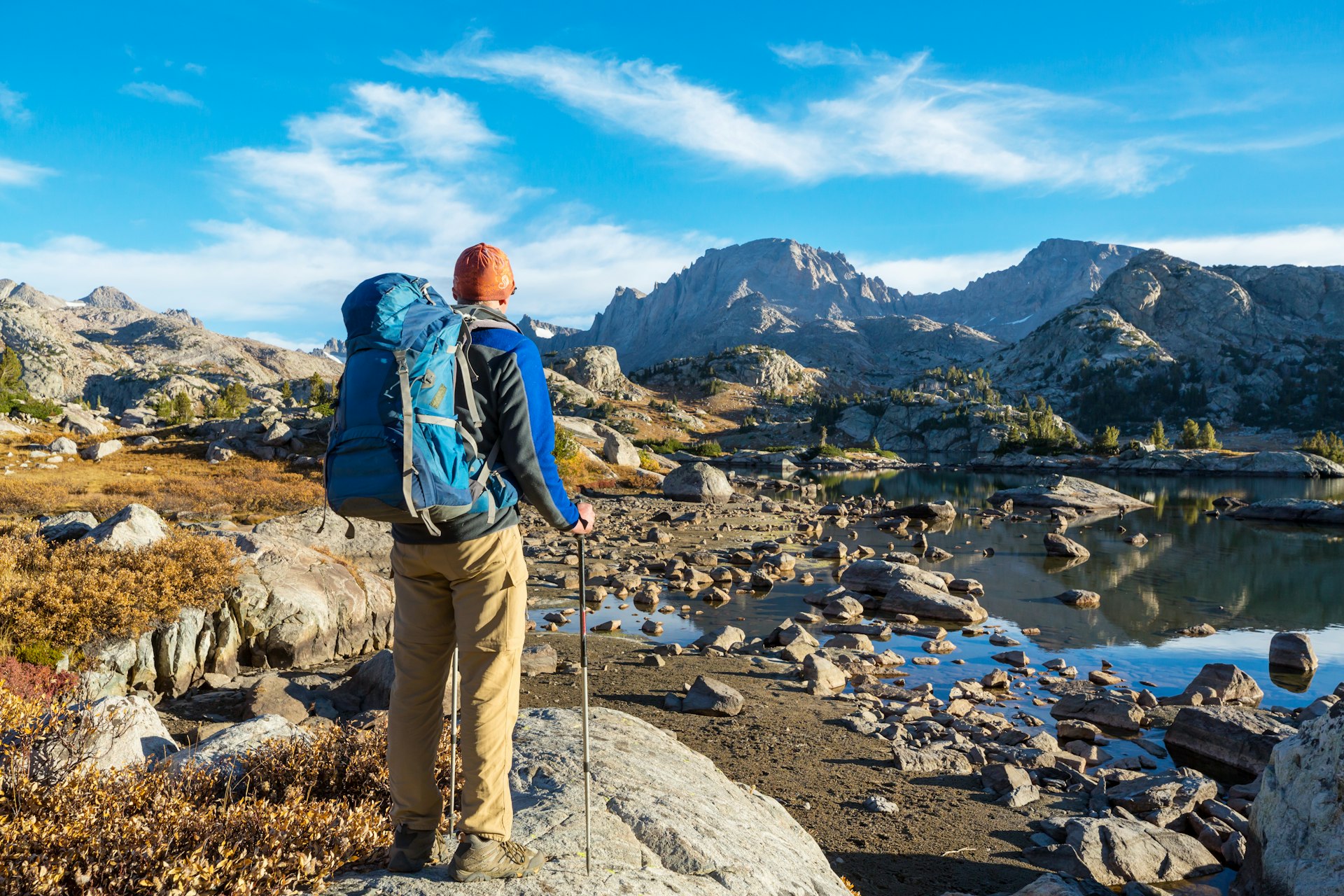
6. Backpack the Wind River Range
If you wish you could have the mountain grandeur of the Tetons without the pesky camping permits, you should make the Wind River Range your next backpacking destination. The Winds are so epic that they could soak up an entire summer, so focus on two classic routes: the three- or four-night route to Titcomb Basin or the similar-length trip over high passes into the glaciated Cirque of the Towers. Both routes offer some of the USA’s grandest granite mountain scenery.
Both regions are most easily accessed from Pinedale, where you’ll find outdoor gear shops and fine craft beer at Wind River Brewing. This is serious backpacking, often above the tree line and exposed to storms, so come equipped; the optimal time is within a brief window in August and September. For a nice twist, sign up for a horse-packing trip with a local outfitter.
7. Soak away your worries in Thermopolis’s Hot Springs State Park
If you need to soak weary hiking muscles or just need a half-day of relaxing family fun, Hot Springs State Park in Thermopolis boasts several soaking pools fed by what is reputed to be the world’s largest single mineral hot springs. Best of all, it is free to the public, thanks to the condition of sale negotiated by the Arapahoe and Shoshone nations in 1896. Natural mineral terraces provide some lovely strolls, while privately run water slides offer extra family fun.
Earn your soak by first checking out the hundreds of fascinating petroglyphs at Legend Rock, 30 miles northwest of town. Between October and May, you can pick up the key from the Hot Springs State Park and have the site to yourself.
8. Track down dinosaur bones and other Wyoming fossils
Wyoming has some of the richest dinosaur fossil beds in the world, and several locations offer an incredible peek into the prehistoric past. Head to Fossil Butte National Monument to make fossil rubbings of long-extinct stingrays and turtles before joining a ranger-led talk to see how local fossils are collected and prepared.
To dust off your rock hammer and join an actual dig, you can spend a memorable day looking for sauropod bones and allosaurus teeth in the field at the Wyoming Dinosaur Center in Thermopolis. The excellent museum offers lots of hands-on kids’ programs.
While the weeklong digs organized by the Tate Geological Museum in Casper might be for true enthusiasts, everyone will enjoy the institution’s (free) exhibits, including an impressive 11,600-year-old mammoth skeleton nicknamed Dee.
Another great place to learn about dinosaurs is the University of Wyoming Geological Museum at Laramie, where you can ogle the 75ft-long skeleton of a sauropod apatosaurus.
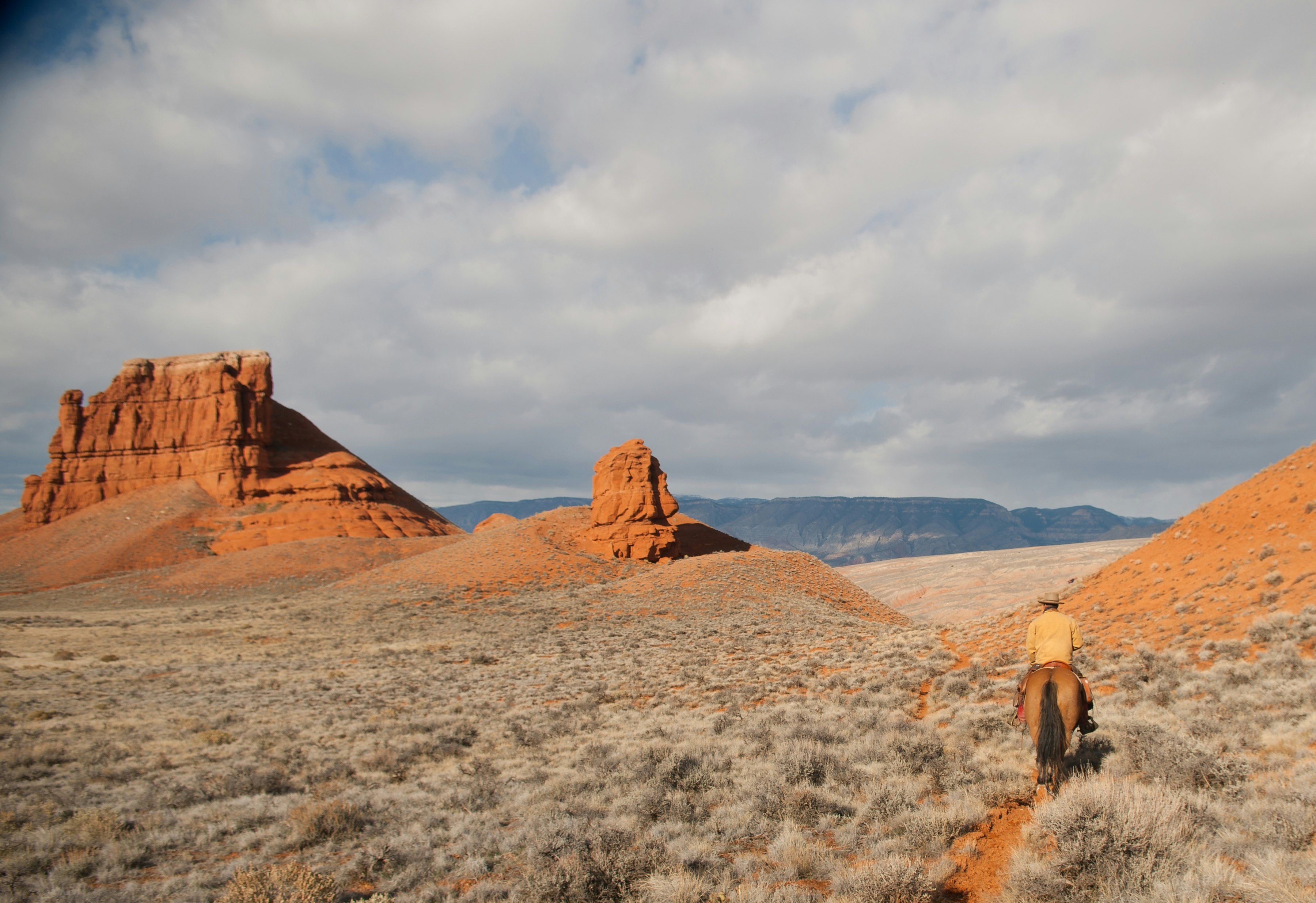
9. Stay at a dude ranch
There is perhaps no more quintessentially Wyoming vacation than a stay in a dude ranch (essentially a traditional ranch that now takes in paying guests), with many types of ranches to choose from. At working ranches, you can actually learn to rope and round up animals, while most focus on days spent horse riding, fly fishing and chowing down on Western cookout fare. Some ranches are spit and sawdust; others offer gourmet meals and hot stone massages. Most are family-run and have been for over a century.
For the most upmarket dude ranches, look to the area around Jackson; more older-school choices can be found around Sheridan and Bighorn. Several ranches line the approaches to Yellowstone National Park, notably around Cody. Find the ranch that suits you at the Dude Ranchers’ Association website.
10. Follow the ghosts of Butch Cassidy and the Sundance Kid
Wyoming is jam-packed with sites associated with iconic gunslingers Butch Cassidy and the Sundance Kid. With a good map and a full tank of gas, you can track down the duo’s hideout at still-remote Hole-in-the-Wall (around 25 miles southwest of Kaycee), marked by a red rock mesa accessed by dirt roads and sagebrush country. The gang’s cabins are long gone; for these, you’ll have to head to Cody’s Old Trail Town, a collection of 13 vintage cabins, including one used by the duo.
Butch lived for several years in Meeteetse, south of Cody, and you can still visit the original Cowboy Bar where he drank and was arrested in 1894; the saloon’s bar dates to the year prior – and still has bullet holes in it. To see where Cassidy was incarcerated for 18 months, head to the Wyoming Territorial Prison Historic Site, which has exhibits on its most famous inmate.

11. Road trip to the Devils Tower
There are many ways to visit northwest Wyoming’s iconic Devils Tower. Climbers come to test themselves against the hundreds of vertical cracks that form the tower’s unique structure. Others come to hike the popular Tower Trail, which encircles the base of the volcanic tower. Native Americans from 20 Western tribes come to pay homage to the sacred site they know as Bear Lodge.
However you decide to visit, be sure to avoid the first two weeks of August when leather-clad bikers en route from Sturgis descend on the site by the hundreds.
12. Treat yourself to the good life in Jackson
Jackson feels like a place apart from the rest of Wyoming, closer to the sophisticated, well-heeled, celebrity-endorsed vision of the “new West” than the old-school cowboy ethos that obtains in much of the state. Jackson is also very much the culinary capital of Wyoming and the place to refresh the taste buds with a Thai curry or locally sourced veggie grain bowl before heading back into the steak-and-potatoes heartland.
Our perfect day in Jackson? Indulge yourself with a French pastry at Persephone bakery, then take a scenic float down the Snake River or perhaps a nearby hike. In the afternoon, stroll the state’s best outdoor gear stores, art galleries and boutiques and then finish off the day with a robust pinot noir at Bin 22 wine bar. Arrive flush, though: this is the one place in Wyoming where it’s easy to indulge.

